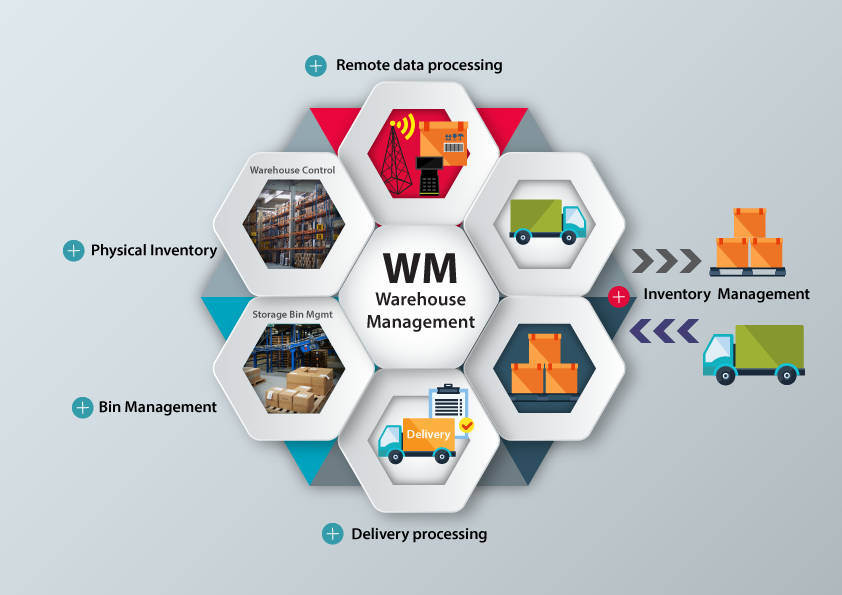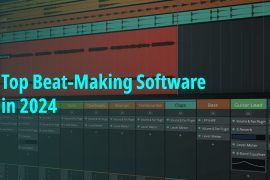An Ad server Software is advertising software that is placed on a server and is used by publishers and ad networks to manage and ease the delivery of advertisements. An ad server decides what ad should be shown when it should be shown, and on which website or application. Publishers can then display adverts to site visitors selectively depending on established parameters.
Table of Contents
Features & Benefits of Ad Server Software

Ad servers can also give detailed data on campaign analytics and provide statistical reports (number of impressions, clicks, and CTR ratio) that allow niche publishers to track ad success and better target their audience.
There are two predominant types of ad server platforms: hosted and self-hosted.
Hosted Ad Servers: Hosted ad servers are maintained and run by an ad server company.
Self-Hosted Servers: self-hosted platforms are installed and supported by the publisher.
It’s crucial to understand why an ad server exists in the first place before learning how it works. Traditional publishing methods shifted online as the internet grew in popularity and usefulness in the 1990s. The advertising industry’s options to display adverts in a digital format developed dramatically as internet content grew tremendously.
At first, online advertising was a crude procedure involving a direct, manual exchange of information between publishers and marketers. Publishers quickly realized that as the digital advertising ecosystem evolved, they needed to develop advertising solutions that provided a more streamlined approach to handling advertiser campaigns. The first-party ad server was formed out of this need.
Top 7 Publishing Ad Server Software
Adsense
Google must first authorize your website. Google does not reveal its approval metrics. However, if your website offers unique material and follows AdSense’s regulations, you can apply. You must be at least 18 years old to participate.
You can arrange for adverts to display on your site once you’ve been approved. You have control over which types of adverts run and where they display on the page. Companies that appear on your site, on the other hand, compete for the right to be there.
AdSense allows advertisers to compete for space on your website based on your content as well as the likelihood of users clicking on their adverts. The latter is determined by Google’s “quality score” for the advertiser. There are two elements at work here. The click-through rate, or CTR, is one example. This is the estimated percentage of visitors to your site that will click on adverts, according to Google.
The other is a set of “factors affecting the quality of user experience from viewing the ad,” as Google puts it. Google doesn’t say what they are, but the relevancy of the ad and the landing page experience is important, according to its support site.
TrafficManager Ad
For all types of desktop and mobile advertising companies, TrafficManager is a performance and marketing management software. With the software’s Cloud AD serving capability, users can create a network for online marketing. For all forms of media buyers, advertisers, and other media-related companies or networks, the software provides comprehensive solutions. It has a basic and user-friendly configuration that allows people to connect with it quickly.
An active Affiliate Manager dashboard is also included in the software, allowing customers to keep track of their team’s activity. Split testing offers and landing pages make it simple to track and optimize campaigns. It also offers an affiliate exclusion filter, which allows you to exclude certain affiliates from certain ads or campaigns. With its real-time fraud score feature, TrafficManager’s biggest benefit is that it protects against fraud. The program also claims to offer the best customer service and is available 24 hours a day, seven days a week.
Revive Adserver
Revive Adserver is an open-source advertising server that is licensed under the GNU General Public License. It has an integrated banner management interface and tracking mechanism for obtaining statistics. It was formerly known by various names, the most recent of which being OpenX Source.
Web site administrators can use the program to cycle banners from both in-house and paid or third-party sources, such as Google’s AdSense. Standard banner rotation, click tracking, zone-based ad selection, zone-based campaign targeting, direct ad selection, ad targeting (by browser, domain, language, etc. ), ad capping, and support for Adobe Flash banners are all available through Revive Adserver.
Google Ad Manager
Google Ad Manager is an ad management software designed for large publishers with a high volume of direct sales. Ad Manager has comprehensive controls and works with a variety of ad networks and exchanges, including AdSense, Ad Exchange, third-party networks, and third-party exchanges.
It supports several ad networks, including AdSense, Ad Exchange, and third-party networks, and offers extensive management. It’s an all-in-one solution for increasing ad revenue and safeguarding your brand wherever people are watching, playing, or engaging.
Deliver immersive ad experiences across any device or platform, monetize video wherever people are watching, manage all ad sources in one place and grow business with programmatic and data-driven decision-making, turn data into insights to make smarter decisions, and many more features are available in Google Ad Manager.
Adpushup
AdPushup is a revenue optimization tool that uses a combination of cutting-edge technology, premium demand partnerships, and proven ad operations skills to help web publishers boost their advertising revenue over time. AdPushup is a Google Certified Publishing Partner and a member of the Interactive Advertising Bureau (IAB).
Berkeley Publisher (SaaS)
Berkeley Publisher is an integrated app development platform that lets content experts create smart apps on their own. It comes with two different pieces – Berkeley Studio and Berkeley Webserver – and does not require any prior programming experience to create attractive apps. The Berkeley Studio is a comprehensive solution that allows domain specialists to create specific decision trees using visual modeling and simple administration tools. Users can rely on it to model their knowledge systems, as well as to add and manage critical elements connected to their decision tree. Furthermore, the software’s real-time preview feature aids in the efficient structuring of interfaces for end-users.
Businesses, on the other hand, can rely on Berkeley Webserver to publish customized decision trees for specific target audiences. Finally, a control panel included with the software allows businesses to manage models, customers, permissions, and web server settings all from one place.
Trackier
Trackier is a customizable performance marketing software that manages publisher relationships for ad networks, agencies, and advertisers. Users can design, automate, measure, and optimize their marketing campaigns, creatives, and conversions all in one location with the Trackier Platform. In their account reporting, users can find information on fraudulent clicks and conversion insights. KPIs are displayed in real-time, along with a variety of reports such as a comparison report, goal report, CAP Report, and others.
It also allows them to notify publishers of critical status changes automatically and promptly. The dashboard has options for customizing alerts and other components. It has 100+ ad networks integrations, including WordPress, Big Commerce, and Magento, as well as a two-way read and writes API. The tracker also includes a mobile app for remote access, and the system places a premium on security with dedicated SSL encrypted servers with 99.99 percent uptime and DDoS mitigation.
Conclusion
The process of selling and distributing ads is automated by an ad server. While publishers and advertisers can negotiate directly, ad serving software automates the process, allowing multiple advertisers to compete for available ad spaces.
A publisher describes its ad placement, such as a display ad on an article page, at the most basic level. The ad server receives a request to fill that ad when a reader views that page. It then selects the most appropriate ad based on the user’s preferences and relevant page content. After then, the user sees the ad, and the ad server keeps track of their interactions, such as ad impressions, clicks, and conversions.
Check out saasworthy.com for more information






